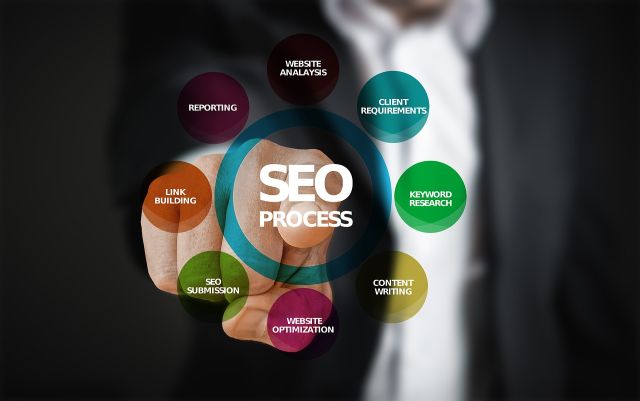By Contributing Author
“The Fourth Industrial Revolution has the potential to empower individuals and communities, as it creates new opportunities for economic, social, and personal development.” – Klaus Schwab
Much has been written and continues to be expressed, in both academic literature and popular culture, about the influence of Big Data, Business Intelligence, Artificial Intelligence, and Machine Learning on our daily lives.
Equally importantly, the idea that the world has now moved into the Fourth Industrial Revolution is also gaining traction amongst technical and academic sectors, as well as global market leaders.
Thus, it stands to reason that the following valid questions are being asked across all sectors of society, including retail, banking, non-governmental organisations, as well as government are:
- What is the Fourth Industrial Revolution?
- How do Big Data, Artificial Intelligence, and Machine Learning fit into the Fourth Industrial Revolution model?
- How will the Fourth Industrial Revolution increase manufacturing output and retail sales figures?
By way of answering these questions, let’s look at the following topics:
The Fourth Industrial Revolution: A succinct definition
According to the World Economic Forum, the Fourth Industrial Revolution “represents a
fundamental change in the way we live, work and relate to one another. It is a new chapter in human development, enabled by extraordinary technology advances.”
Some of these technological advances include Artificial Intelligence and machine learning, the Internet of Things, robotics, and virtual reality.
Interestingly enough, even though the Fourth Industrial Revolution is a follow-on from the Third Industrial Revolution (also known as the Digital Revolution), it is seen as a new movement because of the explosiveness and the disruptiveness of the Fourth Revolution technological developments.
Big Data, AI and ML: Driving business success
Even though the development of Information Technology and the processing power of computer servers started in the Third Industrial Revolution, the ability to Extract, Load, and Transform (ETL) large amounts of data (Big Data) in the latest Industrial Revolution have surpassed Information Technologies previous capabilities by a large percentage.
The development of Artificial Intelligence or Machine Learning algorithms allow for a more in-depth insight into the data and provide answers to business-related questions like how to extend the reach and penetration of a brand’s target audience to drive sales. Furthermore, Big Data and Business Intelligence provide insight into future SEO trends as well as how to structure digital marketing campaigns to convert visitors to a brand’s website and social media platforms.
Finally, the statement: “There is never too much data” is relevant in today’s technology-driven environment. However, conversely, it is possible for a company to collect irrelevant data by accident. Therefore, it is vital for companies to ensure that relevant data, in large amounts, is collected from many difference sources like website analytics, click-through-rate, bounce rate, visitor demographics, and website visitor origin.
The analysis of this data will provide insight on how to improve the brand’s customer experience, which will, in turn, convert visitors into returning customers. It is interesting to note that it is far more difficult to convert visitors into returning customers than it is to foster brand loyalty once the consumer has been converted into a customer.
The impact of the Fourth Industrial on relationships between the customer and the brand
As mentioned in the paragraph above, the improved ability to process and manipulate Big Data into meaningful statistics will provide the brand with a unique insight into current and future trends; thus, driving sales growth through the interactions with the correct target audience.
However, this is not the only benefit of modern predictive analytical algorithms. Customer relationship management is another crucial aspect of the successful business model. Without customers, there is no reason for a company to be in business.
And, if the organizational business does not emphasis the building and maintenance of customer relationships, the company will cease to exist. Therefore, senior management needs to utilize Big Data and its corresponding analytical models to ensure the organization meets its customer relationship management goals.
Final thoughts
One of the challenges that the modern brand faces is that there is a plethora of content available on the Internet for consumption. Some of this content is good while other material is poorly written. Therefore, the challenge is to ensure that the brand’s content is uniquely positioned to be found by consumers.
Therefore, the best way to rise to this challenge is to utilize Big Data and predictive analytics to ensure that the correct audience is targeted in an intensely focused manner.




